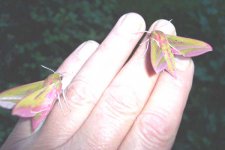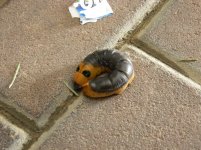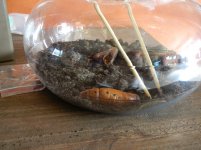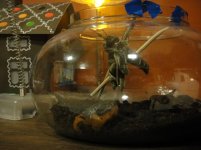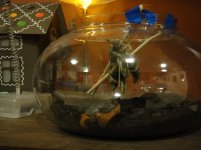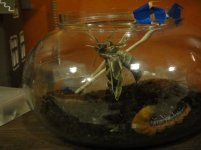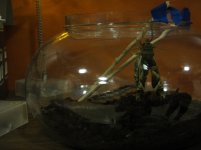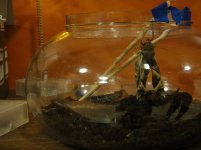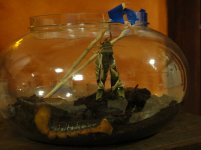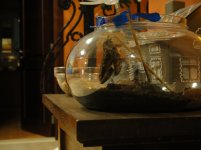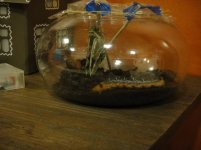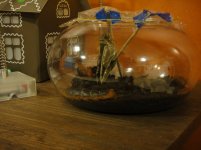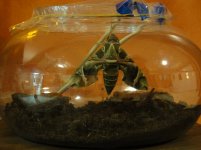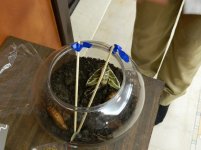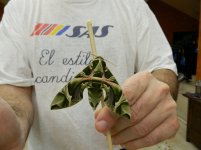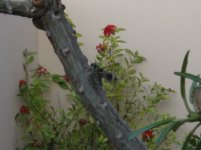harry eales
Ancient Entomologist
kitiana said:harry, thank you again for your response and your help,
we're in plymouth. it is good and warm during the day but freezing at night, so we've kept them indoors. we kept them in the house because the shed is freezing..
we'll definitely try this, will it be enough food?
thanks and definitely!
Hello Kitiana,
Opps, sorry for all the spelling mistakes in my previous post, I didn't realise I was that much under the affluence of incahol. lol.
Feeding twice a day is quite sufficient, as long as the cotton wool is well laden with the feeding solution. Living where you do, there should be a good number of the Hawkmoth species in your area. Have fun breeding them, but keep the pupa cold in winter, just remember that Hawkmoths in the wild survive freezing temperatures most of the winter, especially Elephant Hawks that pupate at ground level.
Harry




